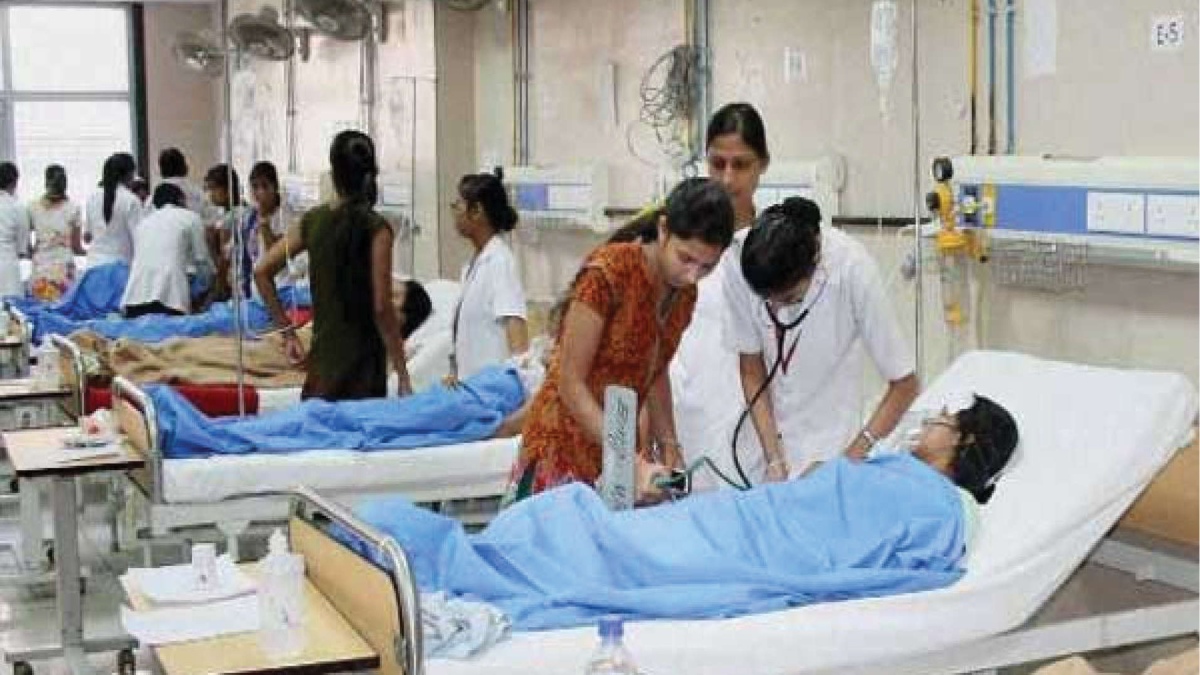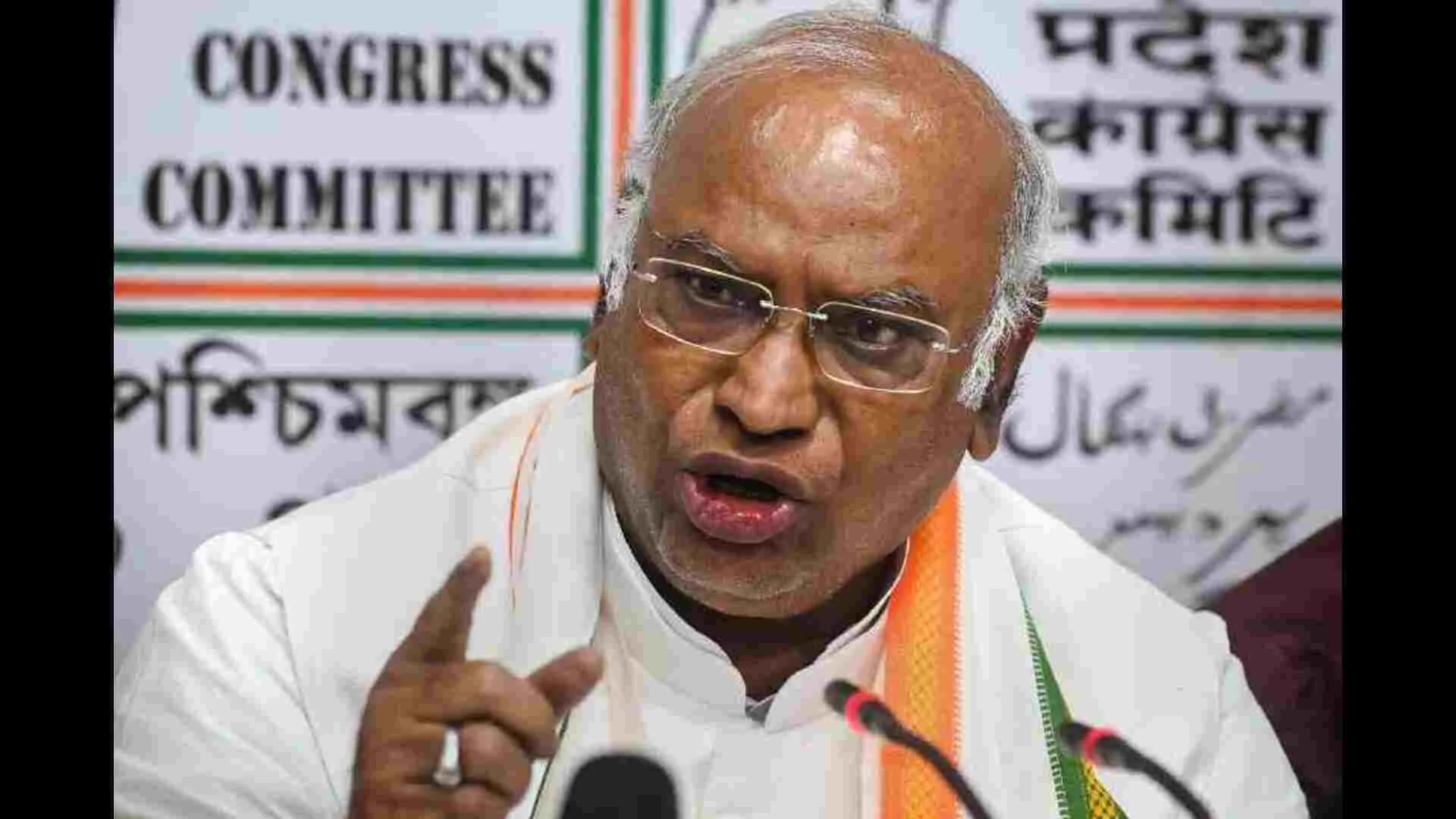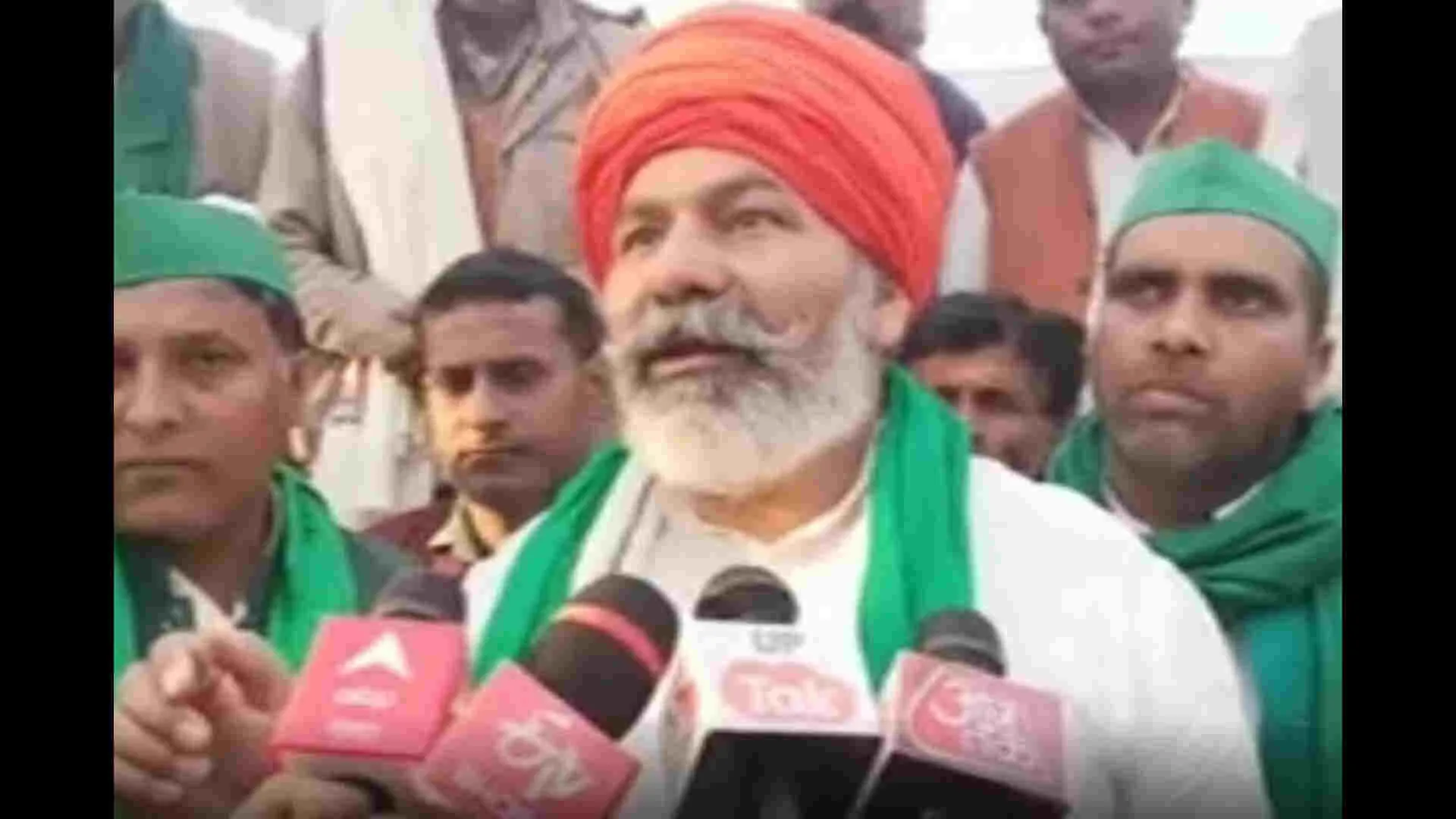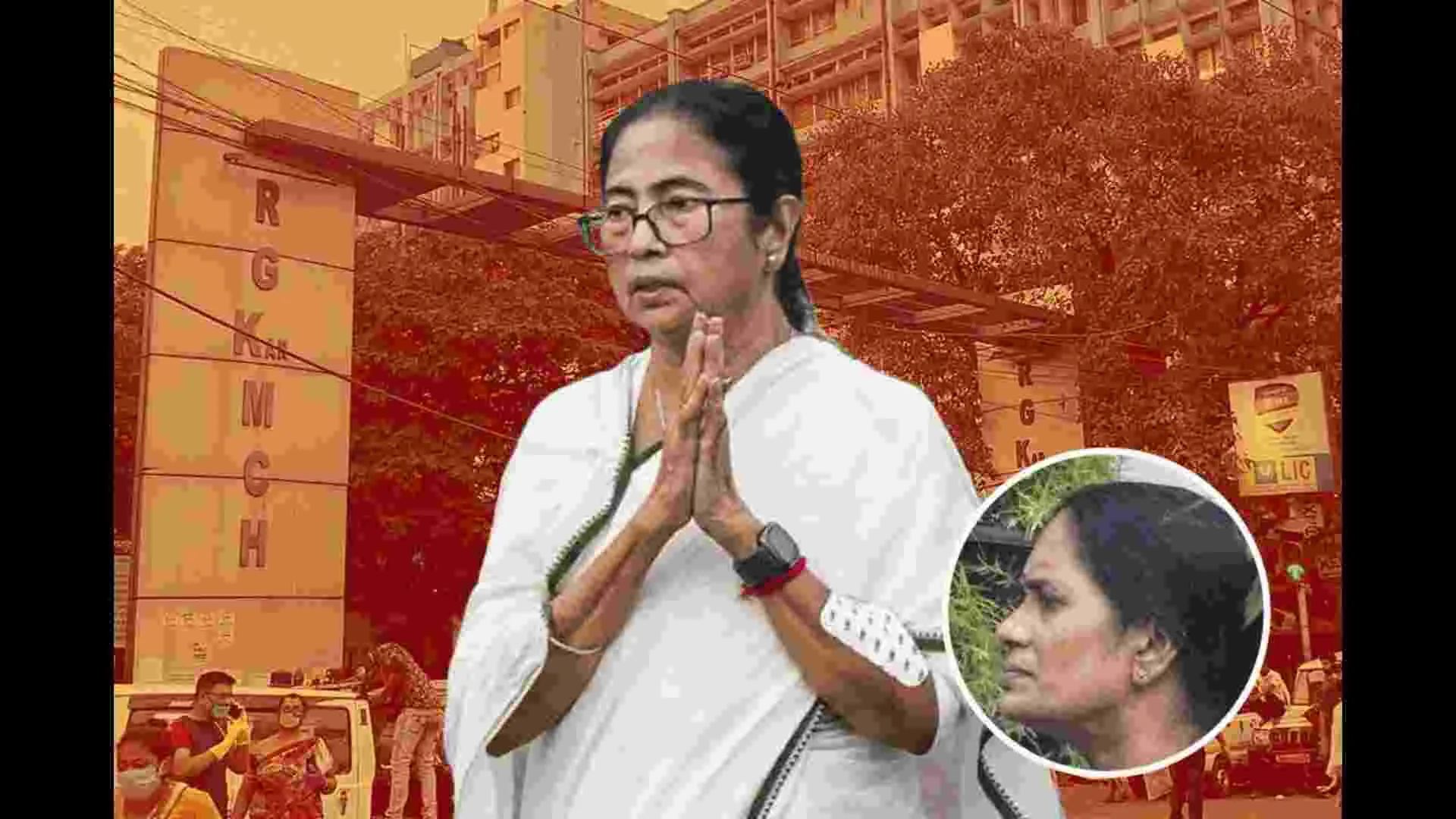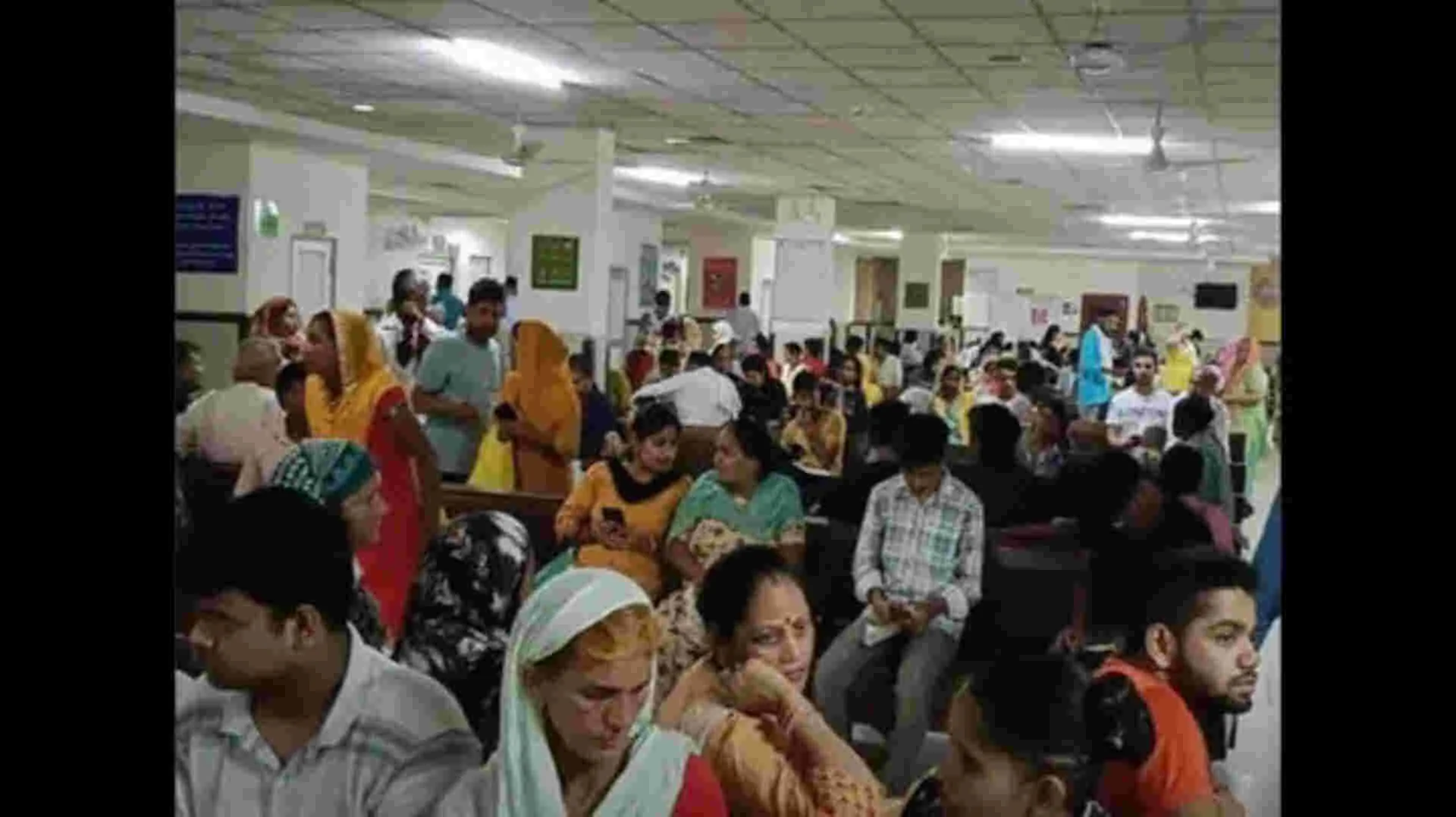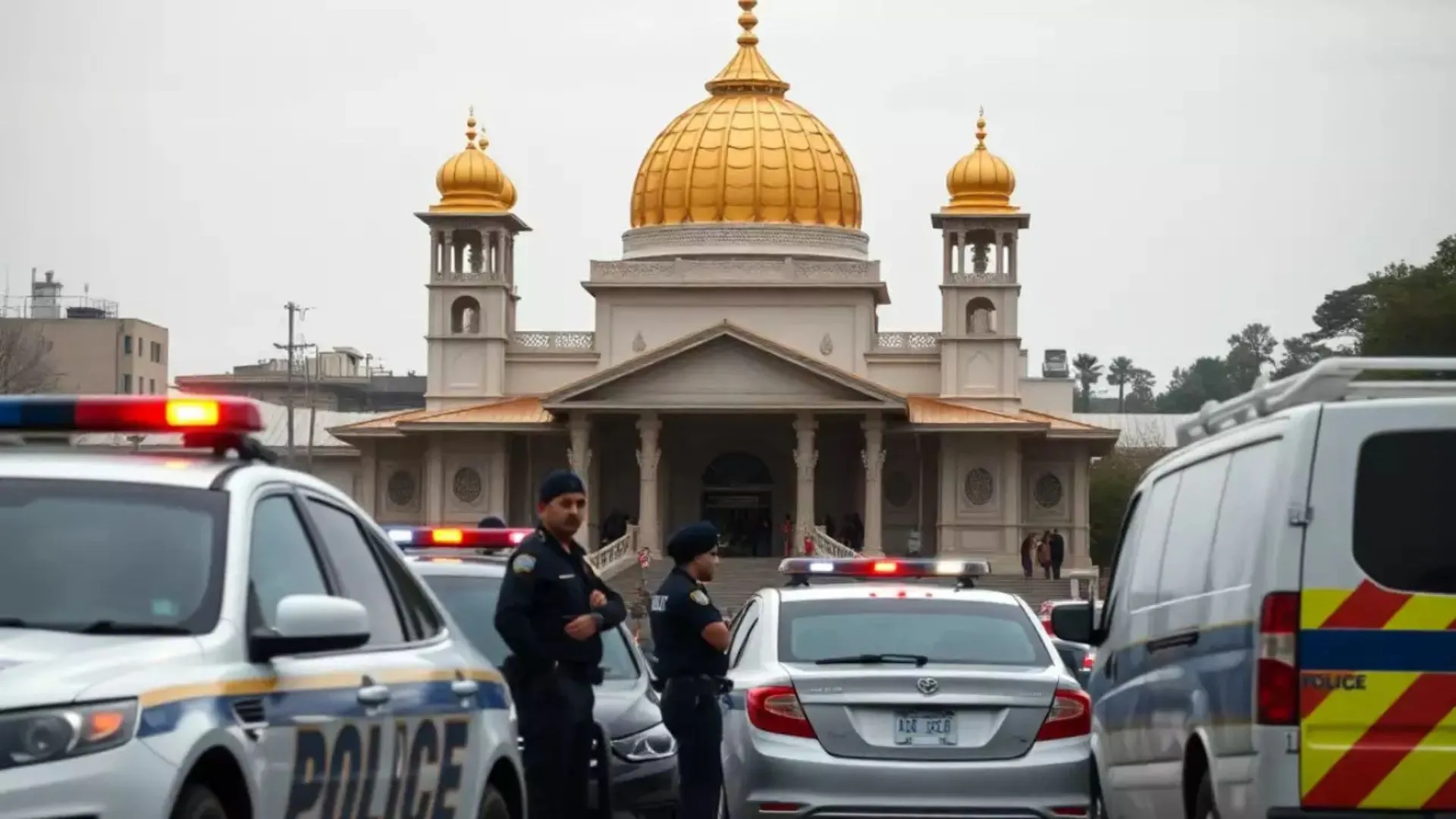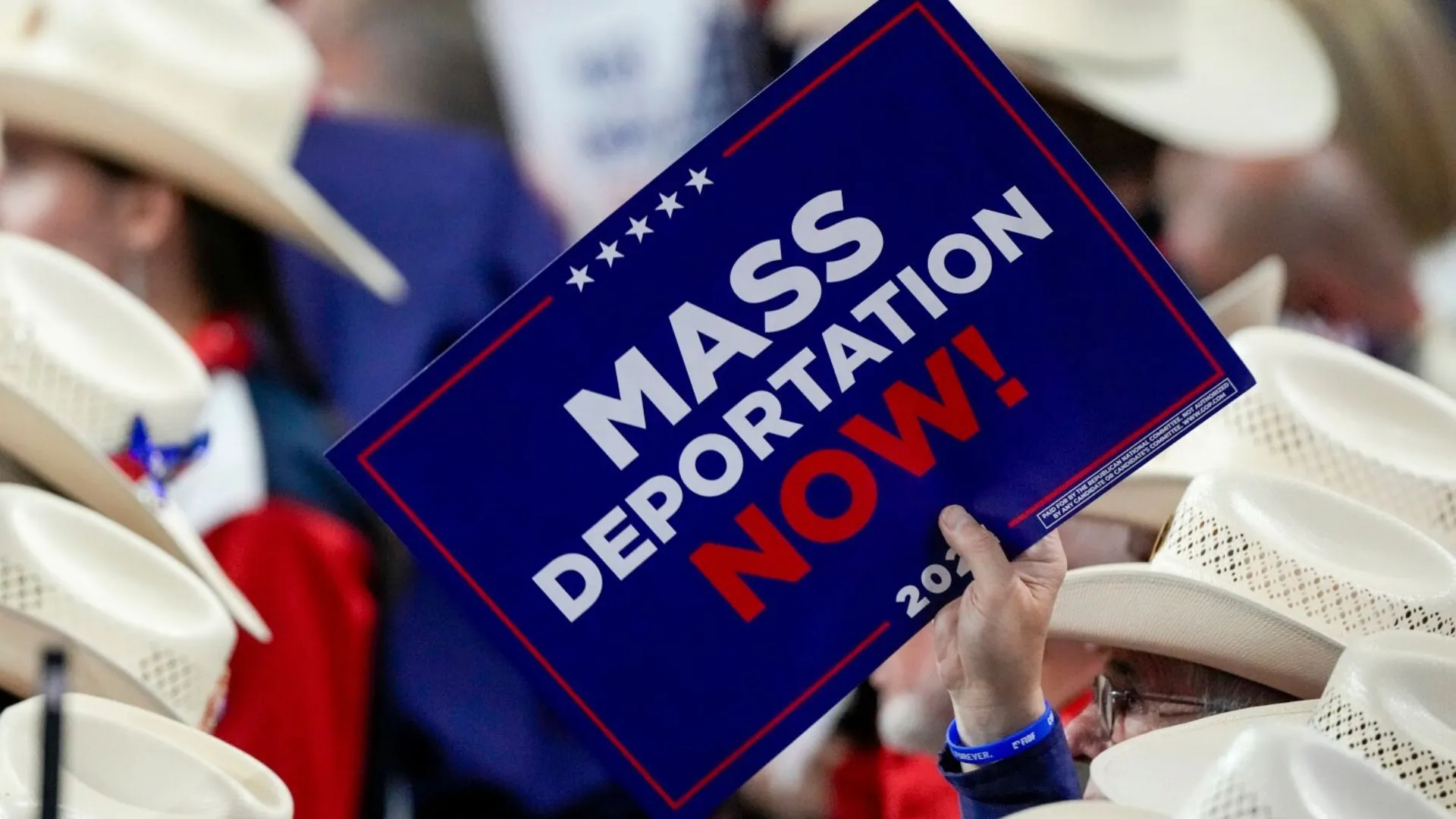The Covid-19 pandemic has brought into sharp focus the need for healthcare reforms that promote universal access at an affordable price. Although all aspects of the Indian healthcare system have faced—and will continue to face—incredible challenges in the coming months (maybe years), the patchwork way our healthcare system is governed and the way we, particularly the poor, pay for healthcare is unravelling in this time of crisis.
To address the panoply of issues in our healthcare system brought into the spotlight by Covid-19, the government should now gather the gained experience in the field and put the pieces together to form pieces of legislation in order to address long standing healthcare needs in the country. There should be appropriate laws to provide critical assistance in clinical treatment and additional policies to ensure affordable care as the crisis continues.
In the current scenario, we see that most of the health policy analyses and recommendations have primarily targeted the Central government, even though, as per the Constitution, state governments are responsible for healthcare delivery. As the management of the current epidemic was delegated to state governments, for the first time, they have taken a leadership role in the healthcare sector.
The reactions of the Central and state governments to the coronavirus pandemic have brought into spotlight the fault lines in our public health governance system. The Disaster Management Act, under which the most executive actions have been undertaken to manage the pandemic, is a central legislation, though public health is a state subject. The exact delineation of responsibilities between the Centre and the States has always remained a work-in-progress, especially over the past few months that resulted in confusion (around quarantine rules, lockdown measures, etc) in the pandemic management. Although, at this stage of the pandemic, we must say that the government has managed the disaster well so far in spite of the rickety healthcare system.
Covid-19 has exposed the high cost of India’s reliance on private healthcare and their exorbitant and inconsistent billing. As the pandemic has spread, so have demands for the Indian government to regulate the costs of healthcare in private hospitals, which provide the bulk of the country’s medical treatment. India has nearly twice as many private hospitals as public ones—an estimated 43,487 versus 25,778—and it accounts for 82% of outpatient care, 58% inpatient care and 40% of institutional births. And this is despite the fact that about 85.9% of India’s rural population and 80.9% of its urban population have no health insurance.
The loss of jobs and incomes and the lack of health insurance during the pandemic have greatly exacerbated existing cost challenges for many. The current out-of-pocket costs would impact people’s decision to seek care. Failure to receive testing and treatment because of costs also results in prolonging the pandemic, thus exacerbating its economic impact.
The highest number of people insured under government-sponsored health insurance schemes as well as under individual insurance plans stood at a meagre 35 percent (overall penetration of health insurance) in the financial year 2018. And with record numbers of people paying out-of-pocket for healthcare, millions find themselves without affordable and accessible healthcare (for Covid as well as non-Covid care) in the midst of the largest pandemic in a century.
Despite the Central Government promulgating health sector regulations, the onus of regulating private hospitals has always been on State Governments, a responsibility many State Governments have been evading so far. It is for the first time during the current epidemic that many State Governments have taken strict measures to control private sector hospitals. State Governments are experimenting with rate capping; out of 28 states, 16 have so far brought out regulations fixing Covid-19 treatment charges and testing at private hospitals. West Bengal alone brought out 11 different regulations to regulate the prices in private hospitals related to Covid-19. Depending on the severity of the illness and the type of hospital, private hospitals can charge between Rs 8,000 to Rs 18,000 in Delhi, Rs 5,000 to Rs 15,000 in Tamil Nadu, and between Rs 8,000 to Rs 18,000 in Uttarakhand per day. Similarly, Covid-19 testing is capped at Rs 1,500 in Nagaland and Rs 3,000 in Tamil Nadu. Yet, even at the capped rates and hospital charges for Covid treatment, 80% of families would be crippled if they had to pay for Covid treatment charges for even a single family member. According to the latest household expenditure report of 2017-18 (by National Statistical Office), in the state of Delhi, the average per person monthly expenditure among 80% of the population is around Rs 5,000. In contrast to this, the lowest price of an isolation bed is around Rs 80,000 for ten days’ treatment. To make the scene worse, the capped cost for a Covid-19 ICU bed would be in several lakhs as the treatment usually stretches over two to three weeks or even more.
In the current scenario, State Governments are actively managing public hospitals, ensuring supply chain, coordinating as well as regulating at all levels. Many have also issued strict directives for hospitals that refuse Covid-19 patients, while many others have punished violators of these regulations, which had never been seen earlier.
The present experience of price regulation in the private sector may provide impetus and experience for the regulation of other healthcare services of public health importance such as tuberculosis in the country. State Governments are seen to have created new health service positions in urban health services for cities as in the worst Covid-affected state of Maharashtra. These new managerial roles, activities and processes will probably persist and strengthen the delivery of public health services in the years to come. Further, the epidemic has brought the middle-income class to public hospitals, who have forgone public hospitals long back. Compared to private hospitals, which tended to refuse Covid-19 patients, public hospitals with improved services and infrastructure are regaining the trust of people.
During the epidemic, extensive coordination is being observed between the public and private sector hospitals for testing, reporting, bed availability and treatment. Many State Governments have established committees or appointed officers to facilitate this coordination. The extent of data sharing increased significantly between the public and private sectors which is a very welcome change and we hope it is here to stay. Whereas, before the epidemic, apart from some basic data, there was little sharing of information and coordination between the public and private sectors, which negatively affected health planning at the state and grass-root levels. We hope the pandemic experience and the lessons learned will be useful for health planning at the district and state levels and contribute to futuristic policymaking for good healthcare governance.
Never before has the interdependence of our health, finances, and social fabric been so starkly visible. Never before has the need for healthcare reforms that ensure universal access to affordable care for all been more apparent. Our policies on health and healthcare, both during this pandemic and in the future, should reflect this reality, and we should not let the lessons learnt during this crisis pass us by. The Covid-19 pandemic has pushed some long-pending reforms in India’s health sector to the border and there can’t be a better time for bringing in health reforms in India than now.
The writer is a medical doctor (pathologist) and holds an MA in Creative Writing from the University of London. The views expressed are personal.

